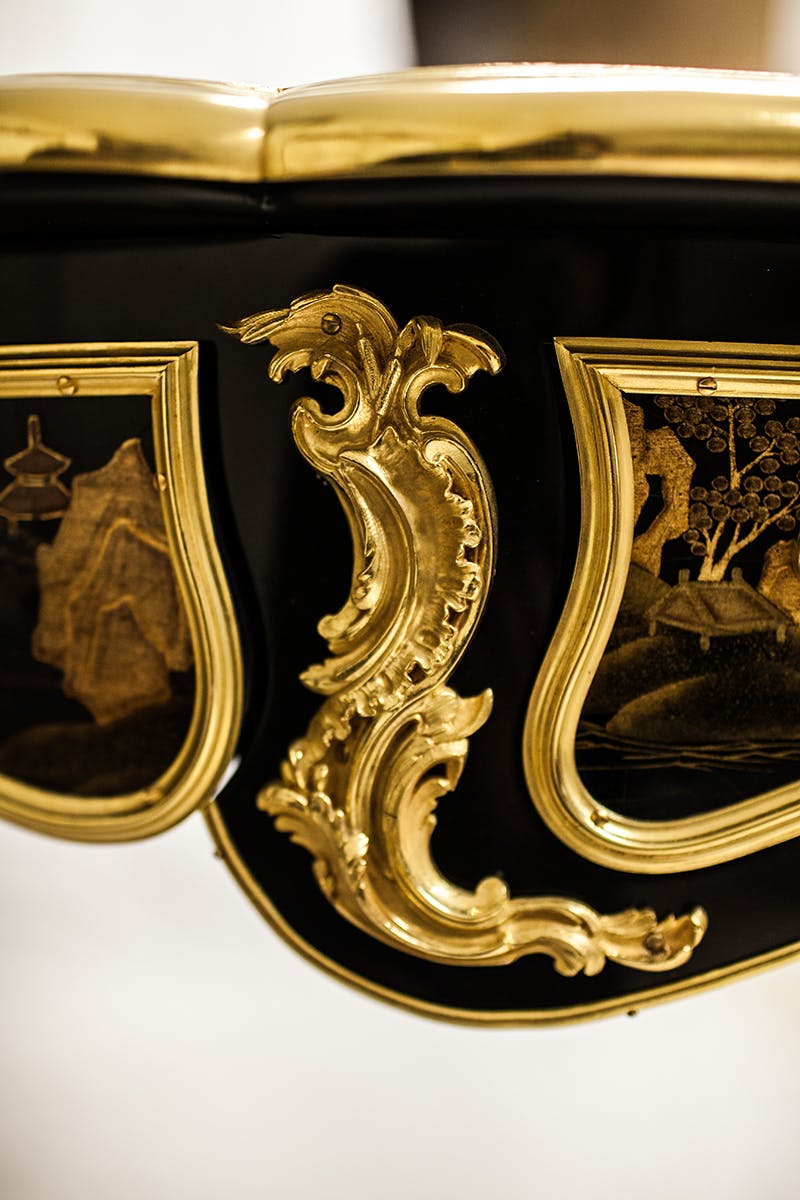Beyond the fortifications of medieval Paris, one of the world’s most elegant urban districts was about to emerge from a swampy tract of land. The history of the Faubourg Saint-Honoré is, in and of itself, a synopsis of the birth and establishment of a lifestyle at once refined and rational, a stylish art de vivre to which greater Paris adheres to this day.
The very mention of the Faubourg Saint-Honoré, like that of the Palace of Versailles, is enough to bring to mind a form of fantastic, dizzying French luxury that was mostly found in proximity to power. Both the quarter and the palace – both having had challenging pasts – were built on marshes initially hostile to human subjugation, but ultimately became centers of supreme power. Furthermore, it was when the Palace of Versailles lost its position as the home of absolute authority that the Faubourg Saint-Honoré in Paris immediately took over. How did this outlying district mold the supremacy of Parisian taste for more than two centuries?
















